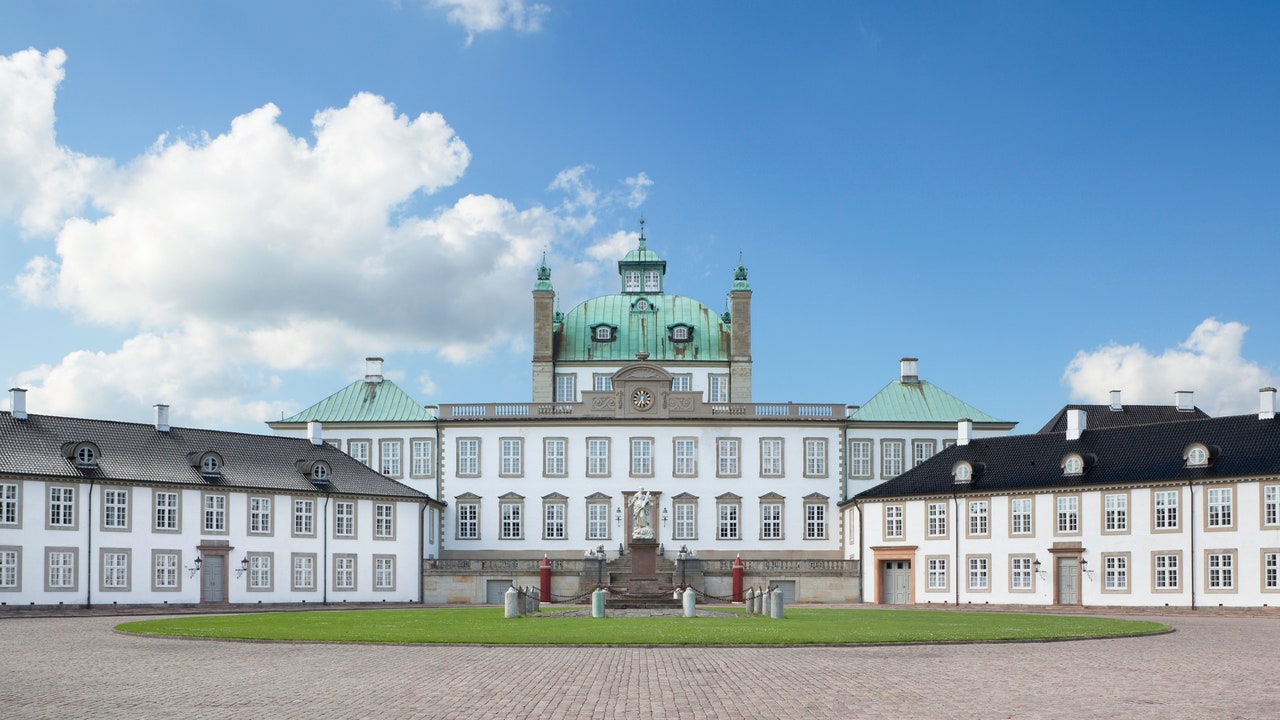When Queen Margrethe II abdicated the throne this month, her son, Frederik X, and his wife, Mary, became Denmark’s new monarchs. Such a move hasn’t been made in centuries: After 10 years on the Danish throne, Christian II abdicated in 1523, but since then, all Danish monarchs have reigned until they died.
As Denmark’s queen since 1972, Margrethe (who retains the royal honorific “Your Majesty”) built a reputation for fulfilling her role while enjoying the pleasures of regular life. (Infamously, she was still smoking the occasional cigarette up until six months ago.) Together with her husband, the French diplomat Count Henri de Laborde de Monpezat, she translated works by the feminist writer Simone de Beauvoir.
In addition to her duties as queen, Margrethe worked as a painter and graphic artist; designed several stamps for the Danish postal service; provided illustrations in 1977 for J.R.R. Tolkien’s The Lord of the Rings under the pseudonym Ingahild Grathmer; and designed costumes for the film The Wild Swans based on a fairy tale by the celebrated Danish author Hans Christian Andersen. The ex-monarch’s legacy is undeniably an illustrious one, and while only time will tell what her son’s reign will bring, the new king will enjoy access to the same hallowed halls as his predecessors. Read on for a roundup of some of the Danish royal family’s most lavish castles.
Amalienborg Palace: the capital residence
The planning for Amalienborg Palace began in 1749 with four medium-sized palaces facing each other, all of them were built according to a general plan by the court architect Nicolai Eigtved. Danish King Frederik V wanted to turn medieval Copenhagen into a Baroque showpiece based on French models. Initially, members of the nobility were given a 40-year tax break to finance the palaces. Gradually, the buildings became the property of the Danish royal family.









